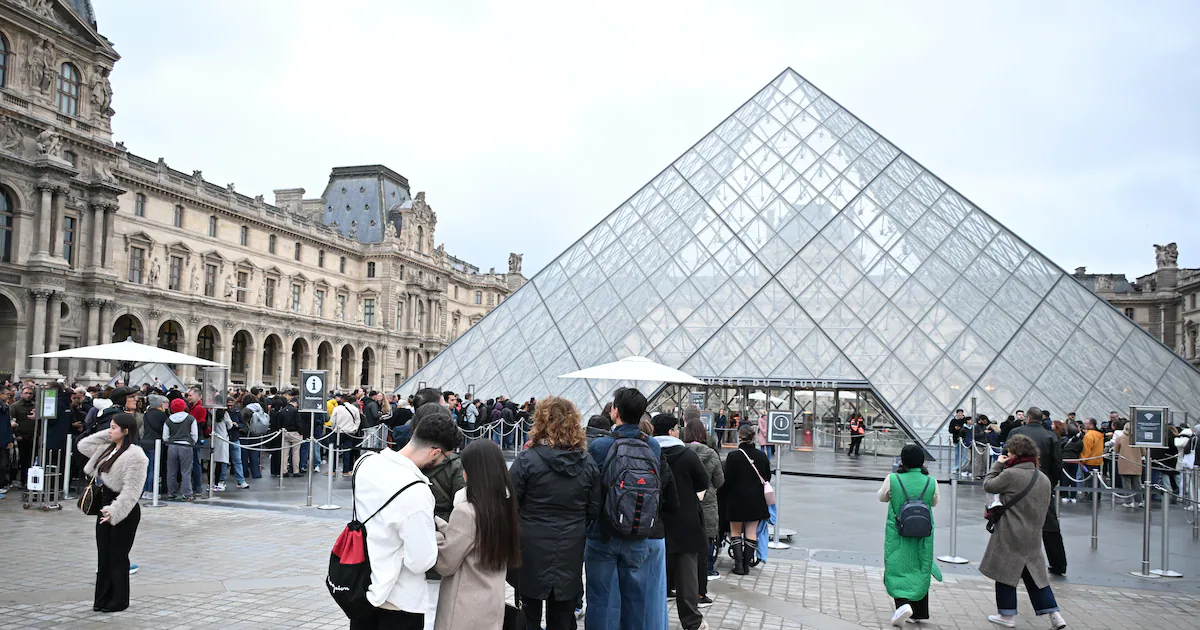Copyright Salt Lake City Deseret News

Devastation and demand for justice would likely spread through social media like wildfire in the U.S. if the original Star Spangled Banner, or George Washington’s sword or perhaps the Tiffany diamond from the Smithsonian’s Natural History Museum were stolen from the American public. What happened at the Louvre over the weekend was theft against the French people, when on Sunday morning, four robbers broke into the Apollo Gallery, where some of the country’s most prized Napoleonic-era jewels and other royal artifacts are displayed. Still, it’s difficult not to view the heist as a scene from a movie: cunning criminals stealthily swiping some of the world’s most beautiful items for themselves. “Inspector Clouseau will no doubt be on the case,” one person joked on social media. The following treasures were stolen, per The Ministry of Culture: Tiara from the parure of Queen Marie Amélie and Queen Hortense Necklace from the sapphire parure of Queen Marie Amélie and Queen Hortense Earring, from a pair from the sapphire parure of Queen Marie Amélie and Queen Hortense Emerald necklace from the parure of Marie-Louise Pair of emerald earrings from the parure of Marie-Louise Brooch known as a reliquary brooch Tiara of Empress Eugénie Large bodice bow of Empress Eugenie (brooch) According to Paris prosecutor Laure Beccuau, the loot is estimated at $88 million euros or $102 million U.S., she told French radio station RTL. The investigation remains ongoing. Do museum heists happen often? Two of the most notorious thefts targeting historical pieces in recent history occurred in the U.S. and Germany. On March 18, 1990, two thieves posing as police officers entered the Isabella Stewart Gardner Museum in Boston, tied up security guards and made off with 13 works of art valued at over $500 million at the time. The pieces have never been found, and it is still considered the largest art theft in modern history. More recently, on Nov 25, 2019, at the Green Vault in Dresden, Germany, thieves broke into the museum and stole a trove of royal jewels and artifacts, valued at around $128 million U.S. Four years later, in May 2023, five men were convicted for the heist and received sentences ranging from four to six years in prison after agreeing to help locate and return part of the loot. Still, not all the pieces were recovered. According to Beccuau, the four thieves who stole from the Louvre over the weekend are likely members of a criminal gang who work in breaking down priceless artifacts for resale. “So we can perhaps hope that they will think about it and not destroy the jewelry,” she told the radio station. “We can easily imagine that there were a whole bunch of teams around them who helped them carry out this robbery,” Beccuau added, which was “perfectly planned.”



